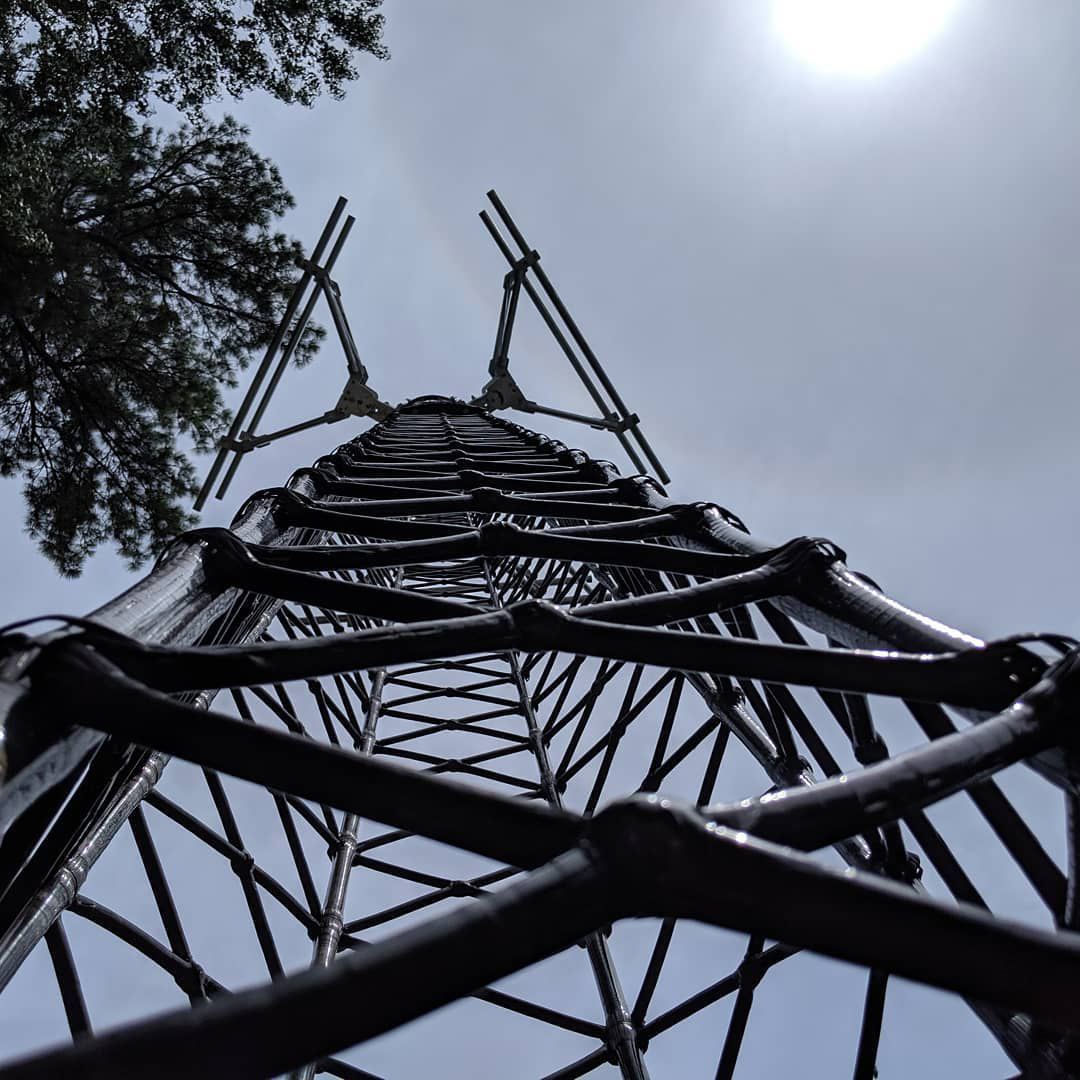Sources: IsoTruss Inc., Springville, Utah; CP staff

A fiber-reinforced polymer specialist pursuing conventional steel rebar substitution has garnered a $100,000 Environmental Protection Agency Small Business Innovation Research Program award to support research and development of concrete foundations increasing telecommunication tower performance in the face of natural disaster exposure. Success in telecom structures stands to guide IsoTruss resin-bound, carbon fiber reinforcement into building, bridge and other mainline concrete applications.
“Infrastructure must become safer, longer lasting, and more sustainable,” says IsoTruss CEO Nathan Rich. “With this grant from the EPA, we can move forward in developing an eco-friendly composite-reinforced concrete foundation aimed at improving resiliency while decreasing construction time and costs compared to traditional solutions.”
“This solution will be timely for telecom tower owners with the transition to 5G networks in the U.S. that will increase tower density by approximately 10 times, leading to a total addressable market of $75 billion,” adds Chief Operating Officer Cromwell Wong.
Using composite materials with high strength/weight properties, IsoTruss reinforcements or structures incorporate isosceles triangles (two equal sides) to form a strong, stiff truss of pyramids. The truss spirals “in a piecewise linear fashion in opposing directions around a central cavity. The helical and longitudinal members are repeatedly interwoven, yielding a highly redundant and stable configuration,” IsoTruss engineers note. Structural and weight efficiency can be realized in carbon, aramid, basalt or glass fiber bound with epoxy, polyester or vinyl ester resin.
A proposed IsoTruss-reinforced concrete tower foundation aims to best one cast with conventional steel rebar by leveraging carbon fiber axial and shear prowess. When measured against steel, carbon fiber has one-twelfth the weight, provides more energy absorption and equips foundations to withstand higher loading conditions. The IsoTruss concept for telecom towers was successfully tested with a foam foundation pilot deployment for a commercial customer. Installation costs were reduced by 60 percent compared to a typical tower foundation.